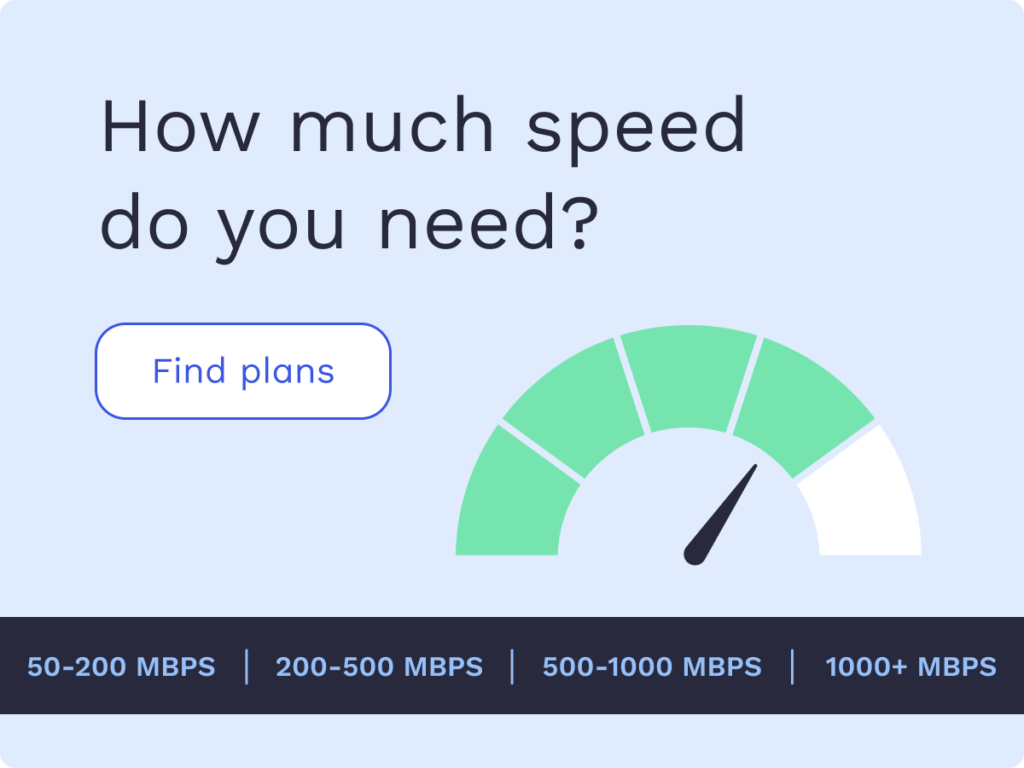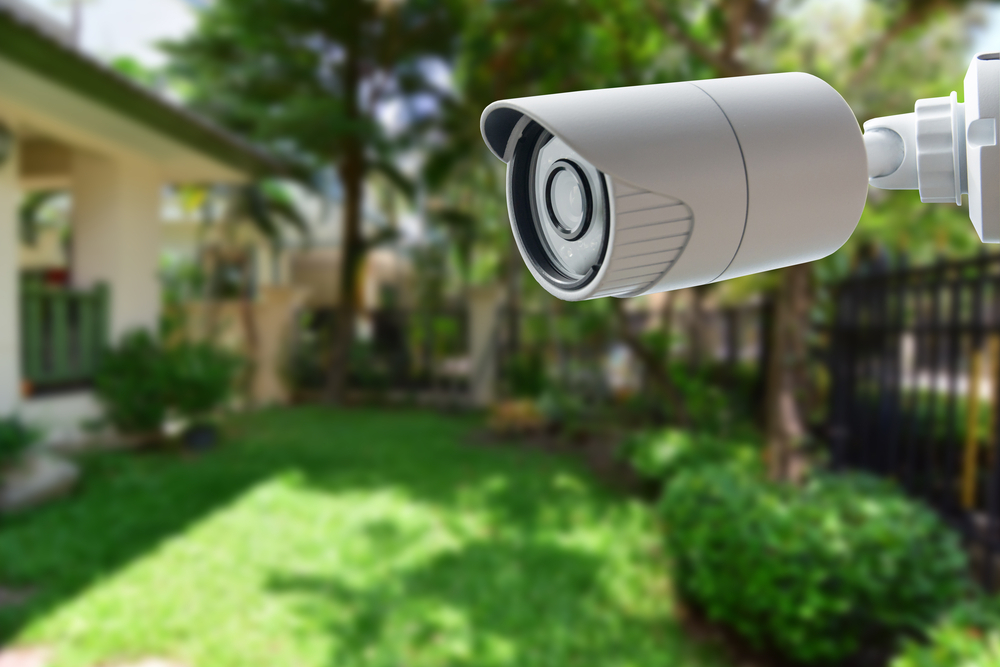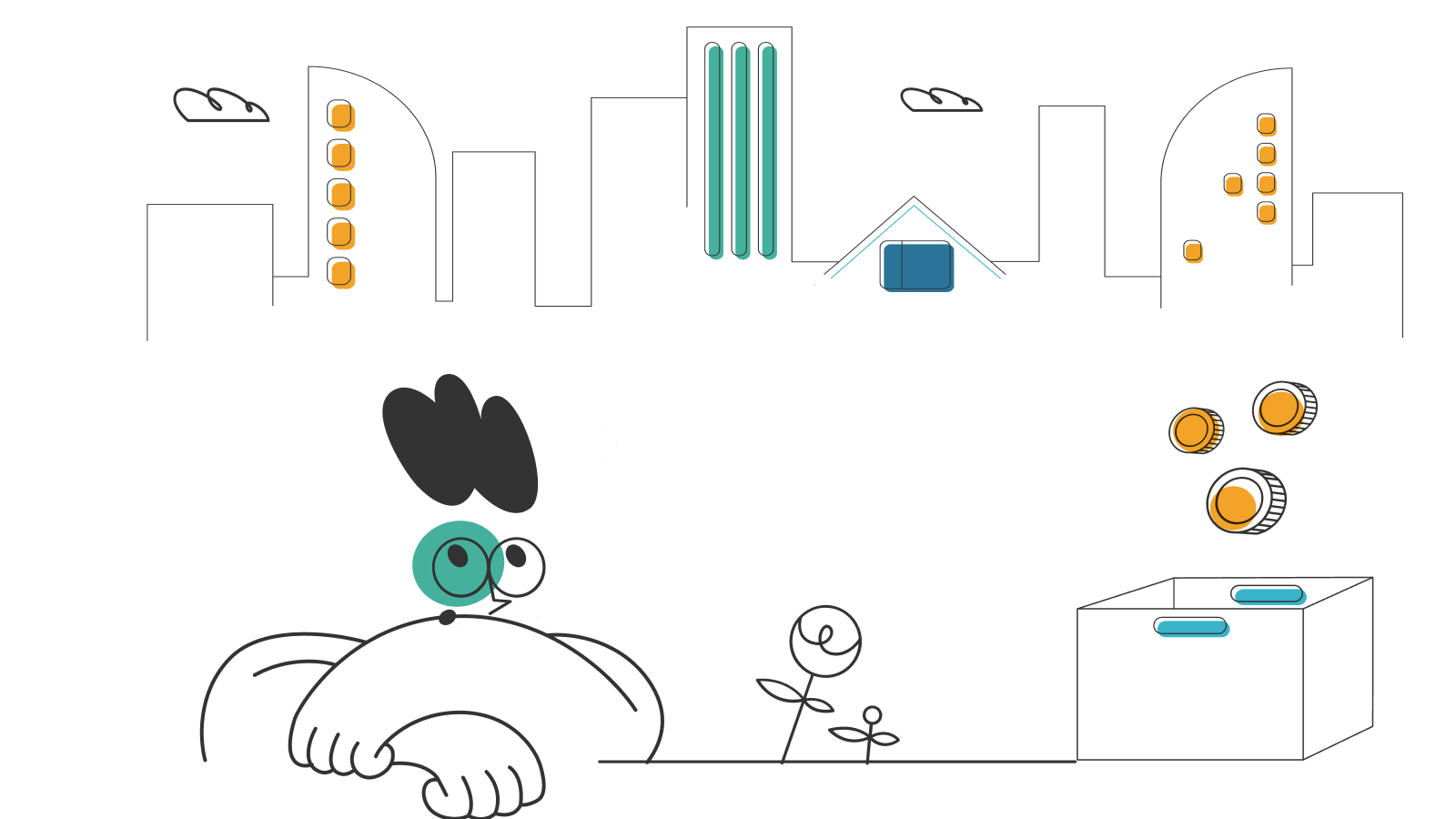DSL vs Fiber Internet: What’s the Difference?

Digital subscriber line (DSL) and fiber are two different types of broadband internet connections. They share some similarities, with both serving the purpose of bringing high-speed internet to consumers and businesses. Both types of internet service are also typically offered in a similarly tiered “pay for speed” pricing model.
Deciding between the two types of connections often comes down to a few key considerations: price and performance. If you have the option of either DSL or fiber in your area, you’ll have to balance your need for the fastest speeds against your budget.
So what are the real differences between these two connection types, and which should you choose for your situation? This guide will answer these questions and more.
- What is DSL internet?
- Which ISPs provide DSL internet service?
- What is fiber internet?
- Which ISPs provide fiber internet service?
- Comparing DSL vs fiber internet
- Frequently asked questions (FAQs)
What is DSL internet?
A DSL connection operates by using telephone lines in your local area to connect to the internet. Because data is transmitted in this way, it is inherently slower than other options such as fiber.
Typical download speeds on a DSL connection tend to range from 1Mbps to around 100Mbps. Some companies’ maximum speeds will be much lower and some will be higher, but you shouldn’t expect to see gigabit internet speeds from a DSL connection.
Because it primarily uses existing infrastructure, DSL tends to be one of the most affordable types of internet connections you can get. This is, of course, not always the case, as there are some more expensive DSL internet service providers (ISPs) and there are some inexpensive cable and fiber internet providers. However, on average DSL is far more affordable than either cable or fiber.
DSL is often the only non-satellite internet option in remote, rural areas of the US. That’s because these areas already have the necessary telephone line infrastructure in place, and cable and fiber companies may decide that it isn’t worth expanding their own infrastructure into areas that will serve such a small segment of customers.
So, if you’re in a rural area your only choices may be DSL and satellite for your internet service. In most cases, DSL plans tend to offer both better speeds and lower prices than satellite internet plans, so it is typically the connection of choice in these areas.
Which ISPs provide DSL internet service?
There are many companies that provide DSL internet services. Some are smaller, regional companies while others are nationwide ISPs. The following are some of the most notable providers of DSL internet service:
- Frontier: Download speeds up to 25Mbps for $50/month.
- CenturyLink: Download speeds up to 100Mbps for $50/month.
- Verizon: Download speeds up to 15Mbps for $40/month.
- Windstream: Download speeds up to 50Mbps for $55-67/month (depending on location).*
One notable omission from this list is AT&T. For years AT&T was one of the largest DSL providers in the US but they have recently stopped offering DSL service, focusing instead on their cable and fiber internet offerings.
It should also be noted that these companies don’t offer only DSL service, but some also have cable and/or fiber options as well. So if you’re considering any of them as an ISP, you’ll want to verify what type of service they offer in your area.
What is fiber internet?
Fiber internet is a relatively new innovation in the broadband industry. Fiber is short for fiber optic, which is the technology this type of connection uses to transmit data. With a fiber internet connection, data is transmitted by special high-speed cables comprised of glass fibers. Fiber internet is often more expensive than other options as the cables are expensive and building out the network and infrastructure takes a significant investment from the company.
So why bother with such a large investment? Because fiber internet provides the fastest speeds of any broadband technology to date. The download speed of DSL service cannot come close to matching the top speeds of fiber connections.
While cable internet speeds can sometimes give fiber a run for its money on the download side, it’s the upload speeds that set fiber apart. With both DSL and cable connections, the upload speeds are far lower than the download speeds. For example, it is not uncommon for a DSL connection to get to 25Mbps for downloads, but only reach 1-2Mbps for upload speeds. Fiber, on the other hand, can reach both upload and download speeds of 1000Mbps or more.
Fiber internet is relatively new in the grand scheme of things, and as such we have still not reached the full potential of fiber optic data transfer speeds.
Which ISPs provide cable internet service?
Not so long ago, fiber internet connections were difficult to come across as the technology is still fairly new. Still, the availability of fiber internet connections has grown tremendously over the past decade. A few of the major players in the fiber internet market are:
- AT&T: Download speeds range from 300-5000Mbps, with prices ranging from $55-180/month.
- Verizon Fios: Download speeds range from 300-940Mbps, with prices ranging from $40-$90/month.
- Frontier: Download speeds range from 500Mbps-2000Mbps, with prices ranging from $50-$150/month.
The list of ISPs offering fiber internet services is steadily growing and the big ISPs are gradually expanding their fiber-optic networks. With some companies, such as AT&T, phasing out their DSL offerings we can only hope that this is a sign of further fiber-optic expansion into more suburban and rural areas.
Comparing DSL vs fiber internet
Speed and price are the two biggest differences between DSL and fiber internet connections.
In terms of speed, fiber is always going to offer higher data transfer speeds. DSL speeds won’t typically reach much higher than 100Mbps download and 10Mbps for uploads. Fiber, on the other hand, can reach download speeds of up to 5000Mbps with upload speeds to match.
In terms of pricing, DSL is generally the more affordable option. As we mentioned, DSL can essentially “piggyback” off existing phone lines to deliver internet to your home while fiber requires a network of expensive, high-speed fiber optic cables to be built out. This accounts for the overall price difference between the two services.
When it comes to availability, this is highly dependent on where you live. DSL can serve customers virtually anywhere and is often the only option in rural areas. Fiber internet tends to only be available if you’re in a city or within close proximity to one. This is again due to the expense of installing fiber networks. ISPs need to know they’ll make their investment back by offering service in an area, and the small customer base of rural areas makes that difficult without raising prices to unreasonably high levels.
If you live in a city or even some suburban areas, there’s a chance you’ll have the option to choose between DSL and fiber internet service. Making this decision boils down to your budget and how you use your internet connection.
DSL tends to be a popular choice for those who have minimal needs. This would include individuals or small households with low to moderate internet usage on just a few devices. In this scenario, DSL service is generally sufficient and the pricing is more affordable.
For households that have many internet-connected devices with heavy data usage, fiber is typically going to offer the best experience. This is especially true when doing things like online gaming and video conferencing, as these require faster upload speeds than what DSL can typically provide.
Frequently asked questions (FAQs)
Does DSL require a modem?
Yes, in order to serve DSL internet to the various devices in your home you will need a DSL modem. This modem will be connected to a phone jack in your home, then various devices connected to the output lines through cables with RJ11 or RJ45 connectors that look similar to the connector on a standard landline telephone cable.
Most DSL providers will rent you a modem for a fee, and some allow you to supply your own compatible modem. Whether the equipment fee is waived or not is dependent on ISP policies.
Can I get Wi-Fi with DSL?
Yes, you can get Wi-Fi service with a DSL connection by connecting a wireless router to the DSL modem. This works just like any other Wi-Fi setup. Your modem connects to the phone jack, then a second cable connects the modem to the router to create a Wi-Fi network.
Can DSL handle Netflix and other HD video streaming?
The short answer is yes. The longer answer is: it depends.
For a single connected device streaming an HD video, a minimum of 5Mbps is recommended by Netflix. So if your DSL plan includes at least 5Mbps download speed, you should be able to stream HD videos. However, if you have multiple devices pulling data simultaneously, this will reduce your bandwidth and your video may stream at lower quality or experience a lot of buffering.
For uninterrupted and reliable HD streaming, around 25Mbps is a good baseline speed to look for. Fortunately, most DSL plans offer this level of download speed.
What special equipment is needed for fiber internet?
Fiber internet will require a fiber-ready router to get your connection up and running. While you may have an old modem or router lying around that you’d like to use if they aren’t specially made for fiber connections this won’t give you good results.
Fiber connections also require another piece of equipment that will be installed outside your home by a technician. This is called an Optical Network Terminal (ONT) and it is what converts fiber optic signals into usable internet to then pass into your home.
How fast is fiber internet?
The fastest theoretical data speed that a fiber optic cable can transmit is around 44 terabits per second (Tbps). However, ISPs aren’t even close to that level yet. In practice, most ISPs are able to offer speeds up to 1Gbps. The fastest speed being offered currently is 5Gbps, offered by AT&T.
How is fiber different from cable?
Much like DSL and phone service, cable internet data is transmitted as electrical current over copper wires. Fiber is very different, as its fiber optic cables are made from glass fibers, and data is transmitted as pulses of light. Light is able to travel through these fiber optic cables without experiencing the type of resistance and losses of intensity experienced by copper cables.
It should come as no surprise that fiber internet wins the speed race against every other technology, as light travels far faster than electrical current.
*Pricing varies by location and availability. Speeds may vary. All prices subject to change; for current pricing and availability visit our internet service page. Prices as of 5/18/22.
Disclosure | Updater articles are based on our own data and research, independent from partner relationships. We are not compensated by partners for information and opinions presented here. Our Editorial Terms of Service can be found here.














